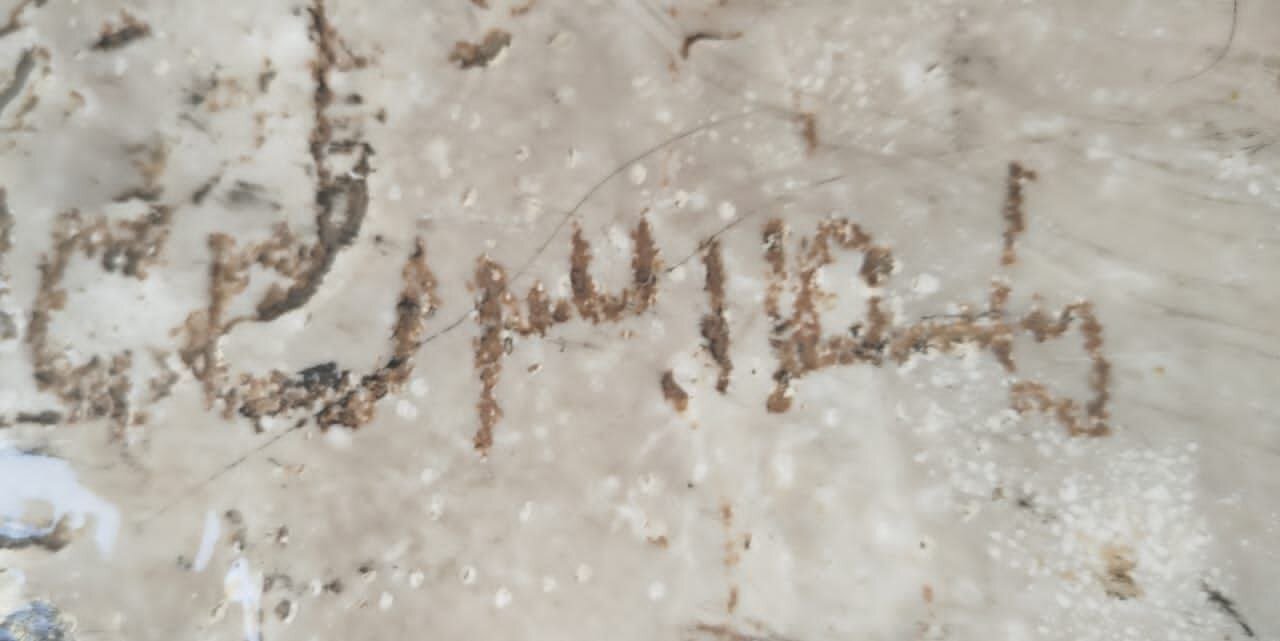Rare Sassanid-era inscription condemning break of promise discovered in Marvdasht, southern Iran

TEHRAN - A rare Sassanid-era inscription believed to condemn the act of betrayal and uphold the sanctity of loyalty and oaths has been discovered in the mountainous region of Marvdasht, Fars province, according to historian Dr. Abolhassan Atabaki.
Atabaki described the inscription as advisory in nature, carved in line with ancient Iranian ethical principles associated with Mithra (Mehr), the Zoroastrian deity of covenants and justice. “This inscription is a remarkable example of how ancient Iranians viewed loyalty as a sacred value, and betrayal as one of the gravest sins,” he said.
In ancient Iranian belief, betrayal was thought to bring divine wrath and social ruin. “When a person breaks an oath, Mithra becomes enraged, and the violator’s land suffers—facing drought, disorder, and decline,” Atabaki explained. These values are also reflected in Zoroastrian teachings, where all adherents, regardless of faith or social status, are warned against oath-breaking.
The historian noted that even mythical covenants, such as the pact between Ahura Mazda and Angra Mainyu (Ahriman), were considered unbreakable, emphasizing the enduring power of sacred promises. “A person who breaks a vow or lies under oath is likened to one who renounces the Avesta and the teachings of Zoroaster,” he said. Furthermore, dishonest judges or leaders who betray public trust were believed to cause natural and societal disorder, including reduced rainfall and weakened healing powers.
According to Atabaki, the moral implications of breaking promises extended across all relationships—between humans and the divine, between friends, co-workers, religious peers, and even spouses. “In a diverse and vast land like ancient Iran, the foundation of the social order among kings, farmers, nomads, traders, and artisans was built upon the sacredness of pledges,” he emphasized.
The discovery also highlights the elevated status of Mithra in Iranian mythology. The deity first appeared in inscriptions from Ardashir I in Susa and Ardashir III in Persepolis, and was similarly revered in Vedic literature in India as Mitra, the god of truth and contracts. In Iran, Mithra held many roles: deity of light and justice, protector of nomadic pastures, guardian of warriors, and divine overseer of marital and social bonds.
Atabaki concluded that the discovery of this Sassanid inscription not only adds to the corpus of ancient Iranian texts but also reflects the high ethical standards and sophisticated legal thought that characterized the Sassanid era and earlier Iranian civilizations.
AM
Leave a Comment